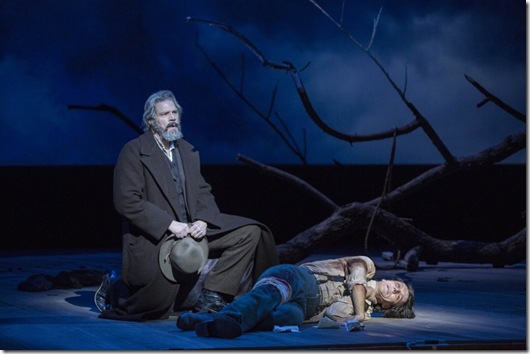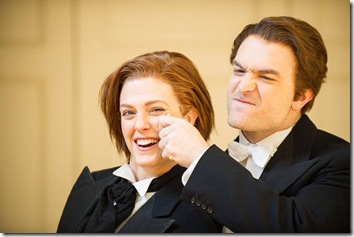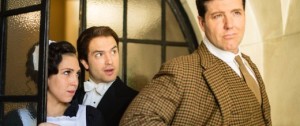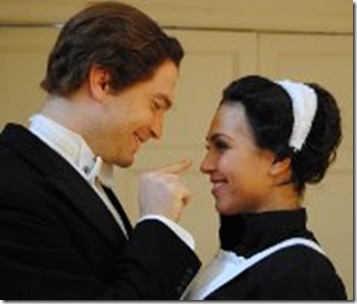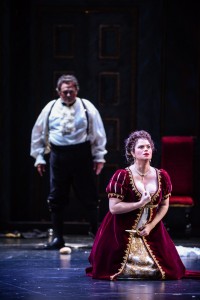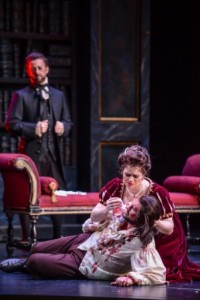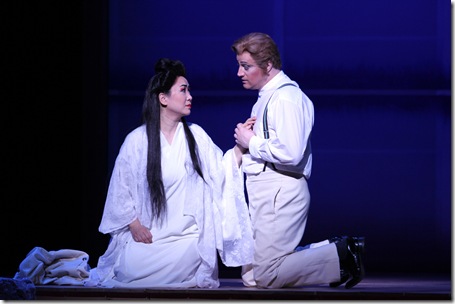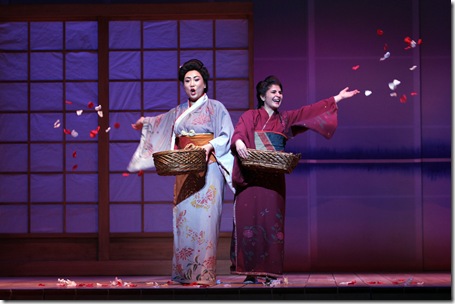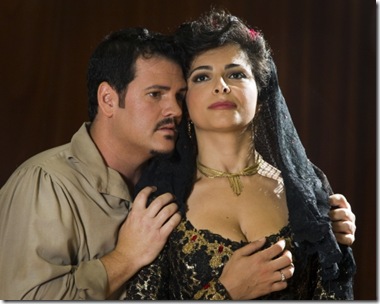Crossing:Wunderkind Matthew Aucoin’s Civil War Opera
Photo: Gretien Helene. The actors are Rod Gilfry and Alexander Lewis.
Crossing, twenty-five year old Matthew Aucoin’s third opera, was commissioned by Cambridge’s American Repertory Theatre (A.R.T.) to commemorate the 150th anniversary of the US Civil War. Aucoin’s opera is part of the Civil War Project, a multiple year partnership between professional theatres and universities whose purpose is to produce art works and support historical research. Crossing marks the A.R.T.’s fourth undertaking related to the project. Included were a sci-fi musical about a Union soldier, a devised piece dealing with a fugitive slave created by and for the A.R.T. Institute, and a new play by Suzan-Lorie Parks featuring a slave who fought for the Confederacy.
The multi-talented Aucoin, who has already made a reputation for himself as a composer, lyricist, and conductor, based his opera on Walt Whitman’s poetry and experience ministering to wounded Union soldiers. However, the work is more imaginative than factual, the story both sequential and disjointed.
